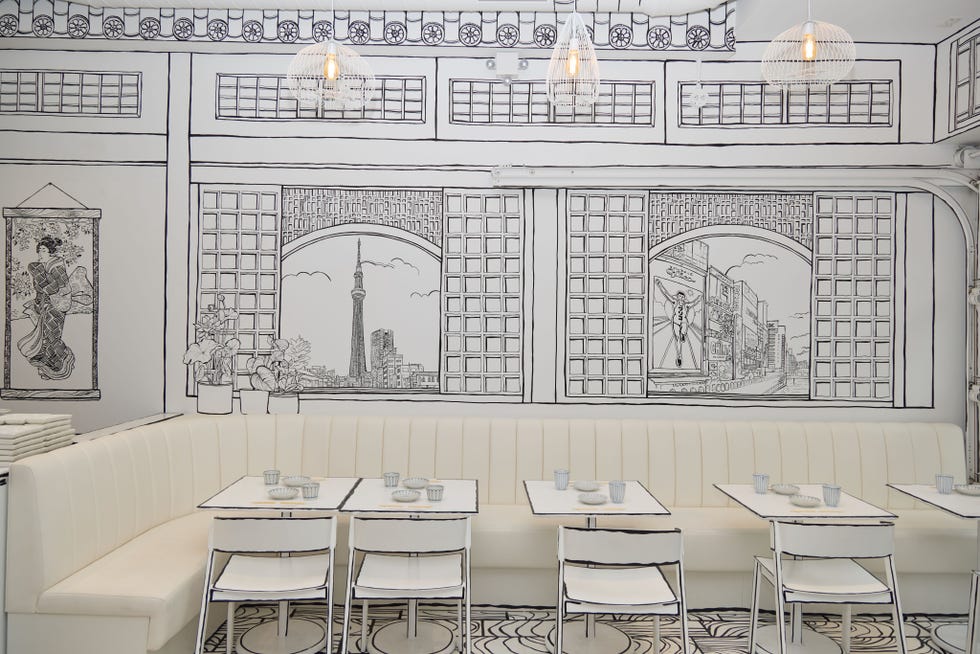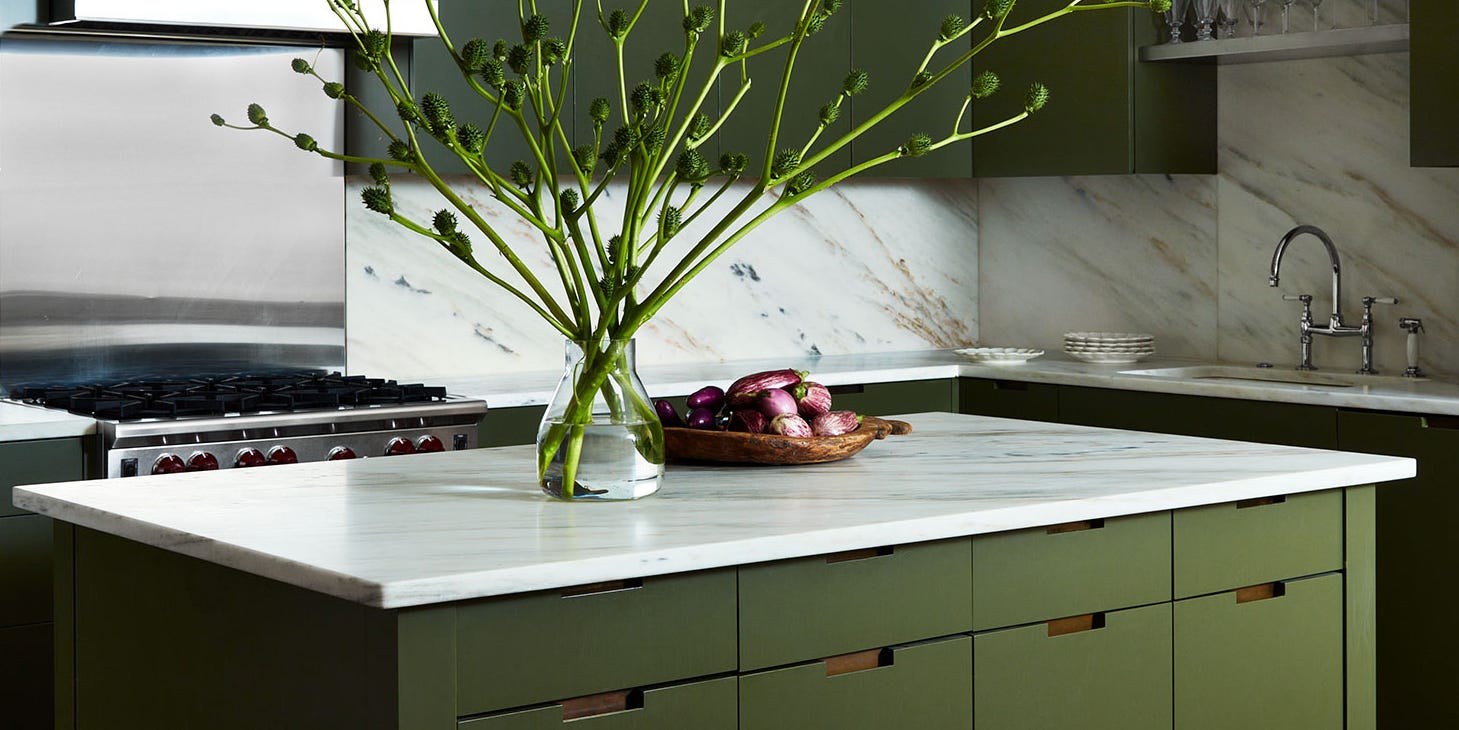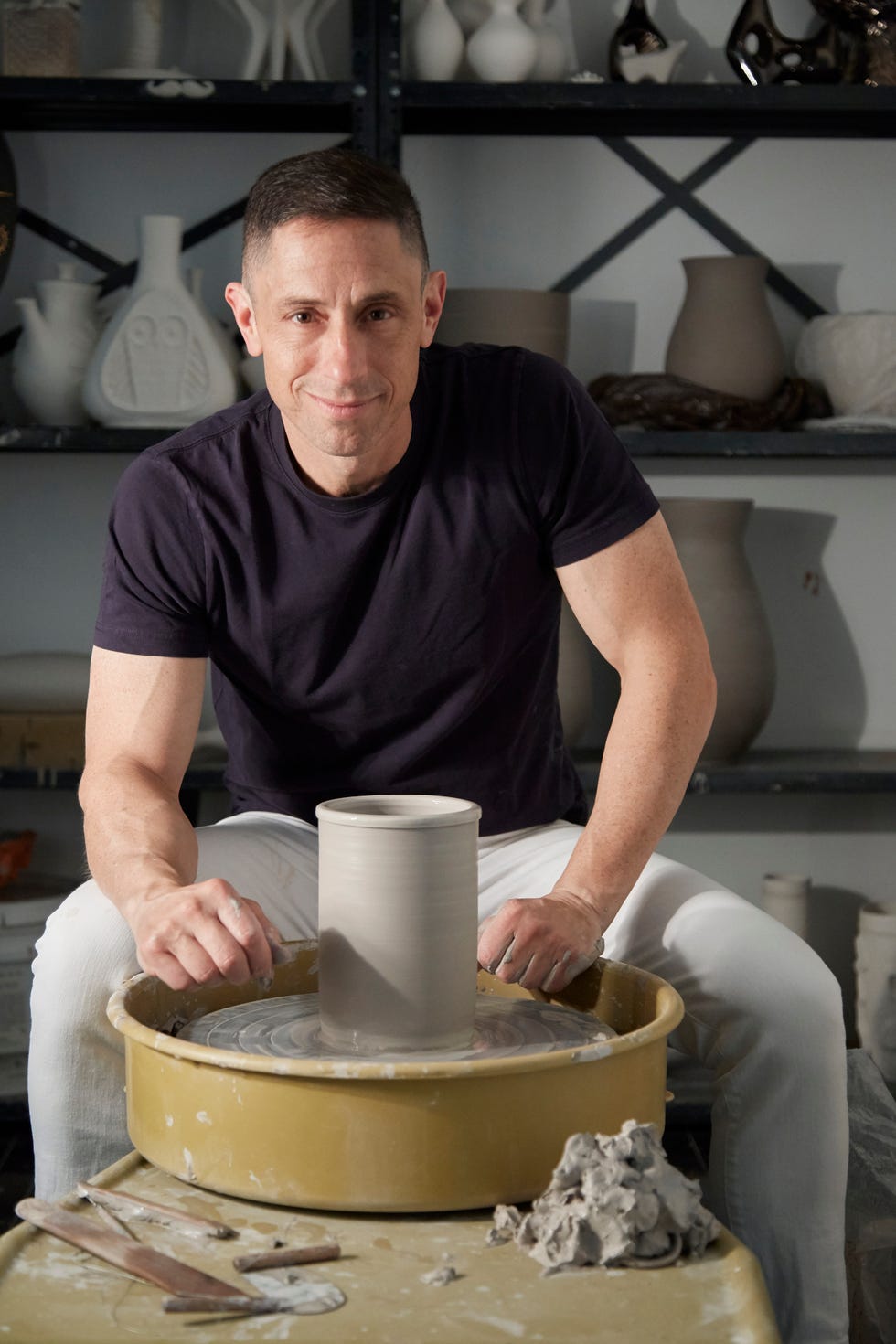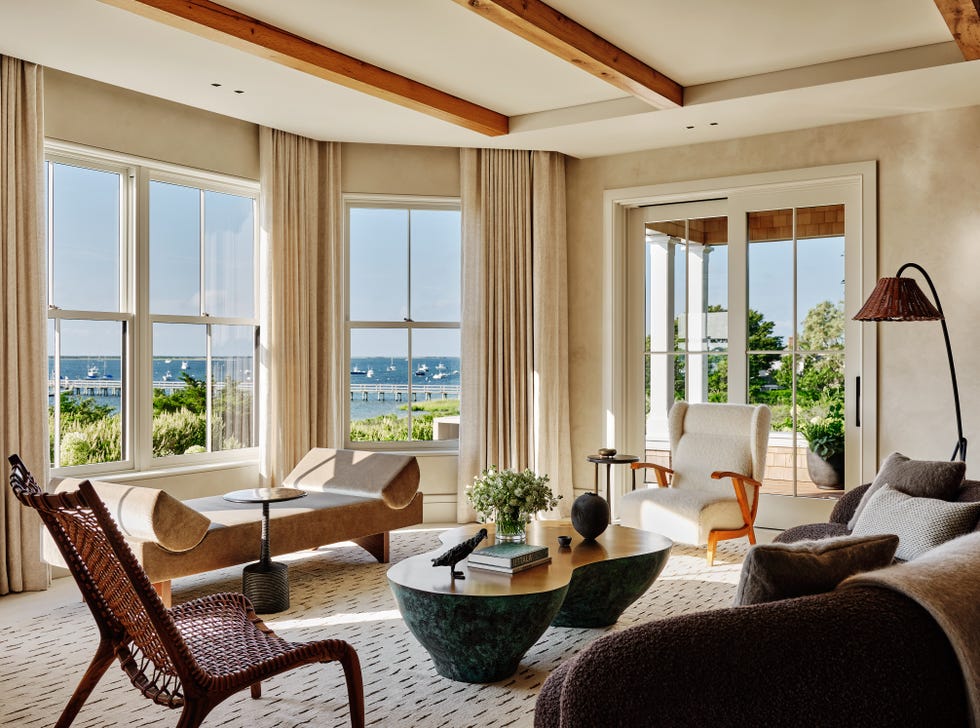At the recently reopened Wayfare Tavern in San Francisco, a custom, hand-painted mural hangs above the dining room tables. And across the country, in The Otter, opened in late 2024 in New York’s Manner Hotel, a regal mural spreads out above the restaurant’s banquettes.
If you haven’t noticed, restaurant murals seem to be making comeback. And for good reason. These one-of-a-kind, site-specific works add something to a space that no replica, or digitally crafted work, ever could. “Hand-painted work carries emotions and warmth that printed graphics simply can’t replicate,” says Mirim Yoo, a visual artist and creative director of Shirukuro restaurant. Opened this spring, Shirokuro caused a splash online with its fully hand-painted interior—not just the walls but the floors, chairs, and tables—that made it look like a 2D illustration. “There’s a human rhythm in every brushstroke,” says Yoo. “That’s something no machine or print could ever mimic.”
Murals on restaurant walls are nothing new. For decades, tourists have flocked to spaces famous for them. Like the King Cole bar, in New York, whose mural was painted by Maxfield Parrish in 1906, originally for John Jacob Astor’s hotel The Knickerbocker (and later moved to its current location, the St. Regis, in 1920). Likewise, Bemelmans Bar, inside the Carlyle, opened in 1947, is famous for walls decorated by its namesake, Ludwig Bemelmans, the writer and illustrator of the Madeline books.
But works like these were made in or around what some consider a heyday for the mural, when artists were commissioned to decorate the walls of fine dining rooms and other commercial spaces such as banks and building lobbies. For years, the practice was largely dormant as other trends like wallpaper, faux-finishes, or just bare-bones walls (minimalism and its endless hangover) dominated.
In the last few years, however, there’s been a noticeable uptick in large-scale murals in restaurants and bars. In San Francisco, the recently updated Izzy’s Steaks and Chops has one that depicts the owner and other notables, painted by renowned artist Matthew Benedict above its dining room and bar. At Cecchi’s, opened in 2023, in New York, a mural by rising star Jean-Pierre Villafañe inflects the space with Art Deco grandeur.
Though these murals take cues from the ancient tradition of telling stories through large-scale paintings, a new class of mural-makers is going about it in new and innovative ways. For example, the hand-painted wallcovering in the Wayfare Tavern was custom made by De Gournay, with input from the restaurant’s designer, Jon de la Cruz of DLCID, who wanted to tap into local history—in particular, old San Francisco, the Barbary Coast, and the California Gold Rush—through the painting’s narrative. Starting with one of their design templates, called Voyage of the Pacific, de la Cruz and team worked with De Gournay to craft a custom scene, which was then painted directly onto gold, gilded paper. “So the installation process was as direct as conventional rolled wallpaper,” de la Cruz tells us.
Likewise, for The Otter, Spanish architect-turned-painter, Elvira Solana made what would become the restaurant’s mural on canvas in her studio in Madrid. When it was done, the canvas was rolled, shipped and mounted by a crew inside the restaurant. ELLE Decor A-Lister Hannes Peer’s design for the space was inspired by “1960s French Riviera with Italian Mediterranean modernism,” according to his website, and Solana’s mural draws on the mediterranean-modernist palette through its shapes and colors.
At Shirokuro, Yoo’s work puts a spin on classical mural-making by covering the entire interior of the space. The original concept for the restaurant was inspired by Take On Me, the ‘80s music video by the band A-ha, and a 2D cafe that owner and founder James Eunsuk Lim visited in Korea. Yoo leaned on these references as she sketched and refined the design in a notebook. “Since the restaurant first opened as a sushi-focused omakase, I incorporated drawings inspired by Japanese culinary culture,” says Yoo, as well as Japanese sumi-e ink paintings.
From start to finish, it took Yoo just under three months to complete the painting inside Shirokuro. The result is impressive, but not without the inconsistencies only a human hand could make. And that’s the point. “The hesitation when I was afraid of making a mistake, the slight imperfections, the uneven lines—all of that holds emotion,” says Yoo. “I think guests can truly feel my presence in the space. It creates a more personal, more alive experience.”
Artist Erin Lynn Welsh feels similarly. “To me, a mural is not just decoration—it’s an emotional extension of a space,” she says. “A painted wall can be beautiful, but it often serves a more surface-level or aesthetic purpose. A mural, on the other hand, tells a story. It’s site-specific, intentional, and rooted in both the architecture and the cultural context of the environment.”
One of Lynn Welsh’s first major murals was made inside the lobby of the Anagram Nomad, in New York. Another is in the Hotel Lucile, in Los Angeles, opening in July. In all of her work, she draws inspiration from the landscape, particularly that of Southern California, and florals, especially arrangements made by Fox Fodder Farm. Ultimately, though, it’s the architecture of a building, and the light inside it, that informs what she’ll paint there. “I approach each mural site-specifically so that the work doesn’t end up feeling like generic wall art. My goal is always to create something unique, truly responsive, and fully integrated into its surroundings.”
“Murals are part of the woodwork of a building—there’s no hiding, no taking them down,” she continues. “You have to make the right decisions in real time or embrace the flaws and transform them into something meaningful.”
As we careen toward a digital future filled with AI everything, the palpable presence of an artist’s hand—the choices made, and the mural’s integration with the constraint’s of a space—is only going to become more precious, and desirable. “In our fast-paced, high-tech world—where everything is instantly accessible—there’s something profoundly special about hand-painted murals,” says de la Cruz. “They’re slow, intentional, and completely bespoke.”







